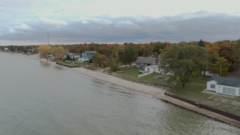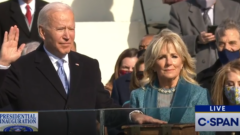DC Update: Are Great Lakes Priorities Advancing After a Year of Divided Government?

This blog is part of a series of updates from Don Jodrey, the Alliance’s Director of Federal Government Relations, with his view on Great Lakes policy from Washington, DC.
At the beginning of 2023, we announced an ambitious Great Lakes federal policy agenda. We noted that it was the start of a new Congress and an era of divided government. We predicted that there were likely to be major policy disagreements between the Republican House, the Democratic Senate, and the Biden administration that might result in a stalemate or lack of progress on some issues, particularly where legislation is required.
We were correct in anticipating major policy disagreements, but we did not envision how dysfunctional the year would be in this Congress where a very small group of conservative House members have managed to delay action on some of Congress’ most basic tasks, including preventing the Congress from passing an annual budget for the federal government.
Major funding disagreements for water infrastructure
As we approach the year mark after we released our federal priorities last year, we note that Congress has enacted another short-term continuing resolution until early March for the fiscal year which started last October. And although the House and Senate leadership have agreed upon a top-line number for domestic spending, it is unclear when final spending levels will be resolved between the House and Senate among the 12 bills that fund the government. There are major disagreements between the House and Senate over the level of funding for water infrastructure with the House proposing more than $1.7 billion in cuts from levels supported by the Senate. This would reduce the funding available to communities to address drinking water and wastewater issues.
Farm Bill discussions continue
Another legislative casualty this year was the Farm Bill. The House and Senate were unable to advance a new five-year Farm Bill. Instead, they agreed to a one-year extension of the current program. We continue to encourage Great Lakes members to support increased funding for conservation programs, as well as provisions to ensure accountability for conservation programs that address harmful agricultural runoff pollution, particularly in Lake Erie. We are pleased that Representatives Marcy Kaptur from Ohio and Mike Gallagher from Wisconsin have introduced the Healthy Farms Healthy Watersheds Act to reduce nutrient runoff and thereby reduce harmful algal blooms. The legislation would help farmers reduce phosphorus pollution by better targeting farm bill conservation dollars where they would have the most impact.
Plastics legislation is introduced
Discussions continue in Congress on efforts to control plastic pollution. Several key pieces of legislation have been introduced in the House and Senate. First, Illinois Senator Dick Durbin reintroduced “The Plastic Pellet Free Waters Act” to address the problems posed by plastic pellets in our waters, including the Great Lakes. The bill would prohibit the discharge of plastic pellets and other pre-production plastics into the Great Lakes and waterways across the country. Plastic pellets, like other microplastics, pose a danger to human health, fish, wildlife, and ecosystems. In addition, Oregon Senator Jeff Merkley has reintroduced the “Break Free From Plastic Pollution Act” which provides a comprehensive approach to plastic pollution reduction by creating a national policy and requirements for extended producer responsibility which would require corporations to take responsibility for post-consumer management of plastic products and packaging. Other legislative efforts include bills that would impose an excise tax on the production of virgin plastic, as well as legislation that would ban the use of polystyrene foam. It is unlikely that any of these efforts will become law in this Congress, but we will continue to support them and educate members on the harmful environmental impacts caused by plastic pollution.
Great Lakes Restoration Initiative continues to receive strong bipartisan support
One program that continues to have robust bipartisan support is the Great Lakes Restoration Initiative. The House proposes to fund this program at the current funding level and the Senate proposes a $5 million increase. The Great Lakes Restoration Initiative’s goals are: fish that are safe to eat, water that is safe for recreation, a safe source of drinking water, clean up Areas of Concern, eliminate harmful algal blooms, prevent the introduction of new invasive species and control existing invasive species, and protect and restore habitat to sustain native species.
States step up to fund invasive carp protections
Following up on last year’s Congressional authorization to change the Brandon Road project’s construction cost share to 90 percent federal and 10 percent state, the Brandon Road project received funding boosts this year from the States of Illinois and Michigan. The combined $115 million will cover the entire state share of the estimated construction costs for the project. The next step is for the State of Illinois and the U.S Army Corps of Engineers to sign a project partnership agreement so that construction can begin in 2024. This project is critical to keeping invasive carp out of the Great Lakes.
Environmental Protection Agency takes action
This past year the Environmental Protection Agency (EPA) took several actions that affect the Great Lakes. First, the agency issued its 7th national Drinking Water Needs Assessment survey that assesses the health of the nation’s drinking water infrastructure. For the first time, the assessment included information on the number of lead service lines in each state. Unfortunately, Great Lakes states water infrastructure needs have increased since the last national drinking water needs assessment was completed. Collectively, EPA estimates that the Great Lakes region needs at least $225.3 billion over the next twenty years to fix failing water infrastructure.
EPA also proposed a supplemental rule to regulate ballast water in the Great Lakes. This is necessary to prevent the spread of harmful aquatic invasive species. Although EPA proposes to exempt existing Lakers (ships that do not leave the Great Lakes) from installing ballast water treatment systems, EPA does propose requiring that new Lakers, or those constructed after 2026, install ballast water treatment. We provided extensive comments to EPA recommending that all Lakers be required to install ballast water treatment systems. The agency’s final rule is expected later this year.
Lastly, EPA is updating the Great Lakes Restoration Initiative Strategy by developing its next action plan, which will cover the next five years of funding for this program. We have recommended that EPA address environmental justice and climate change along with its environmental restoration priorities. A draft plan will be released for public comment later this year.
Looking ahead, your voice matters
Although not all our priorities advanced this past year, your voice makes a difference. Contact federal decision-makers about the Great Lakes issues that you care about. Great Lakes members of Congress need to hear from you about prioritizing funding to ensure every community has safe drinking water. They need to hear what federal legislation or existing programs would help address environmental concerns in your community, like harmful algal blooms or reducing plastic pollution. Let your members of Congress and other federal decision-makers know how important clean and healthy Great Lakes are to you.
The post DC Update: Are Great Lakes Priorities Advancing After a Year of Divided Government? appeared first on Alliance for the Great Lakes.
News - Alliance for the Great Lakes
News - Alliance for the Great Lakes
https://greatlakes.org/2024/01/dc-update-are-great-lakes-priorities-advancing-after-a-year-of-divided-government/

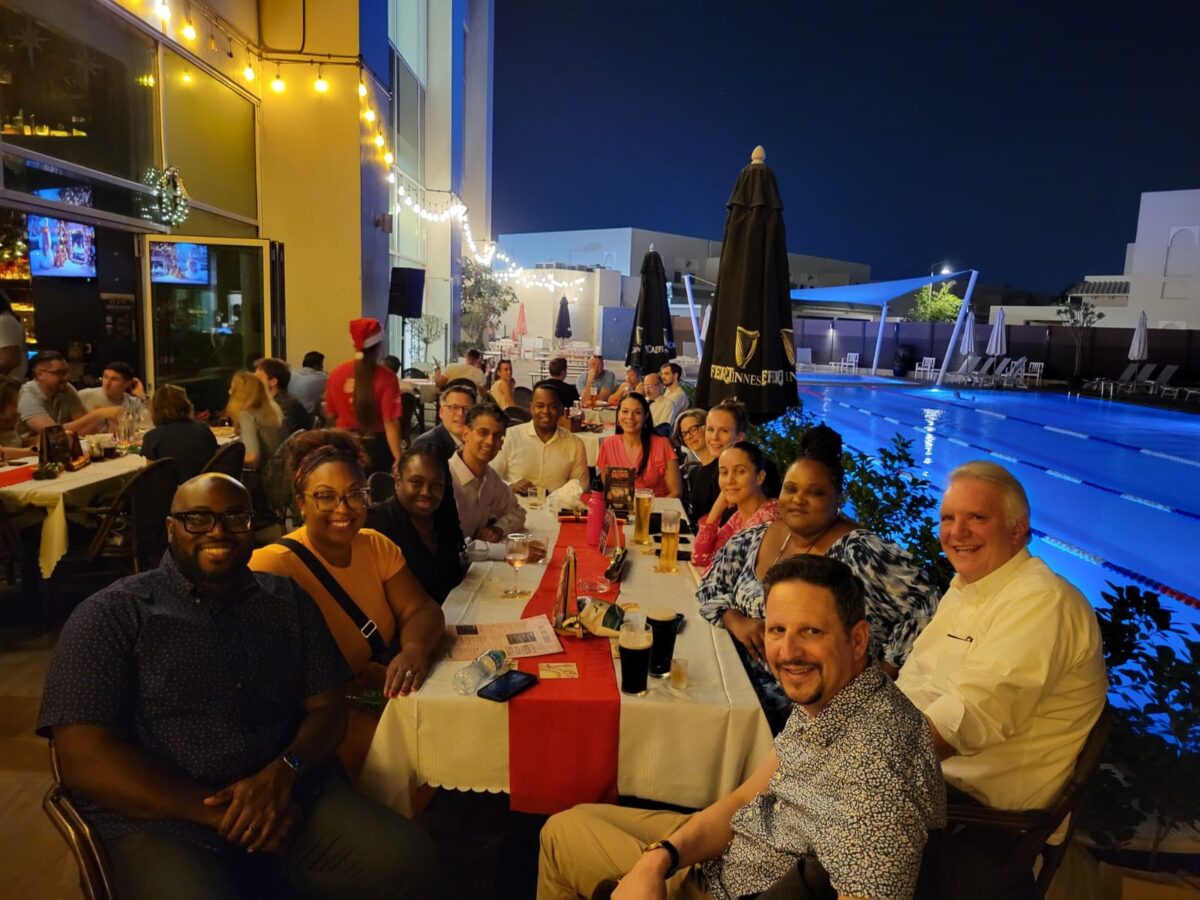
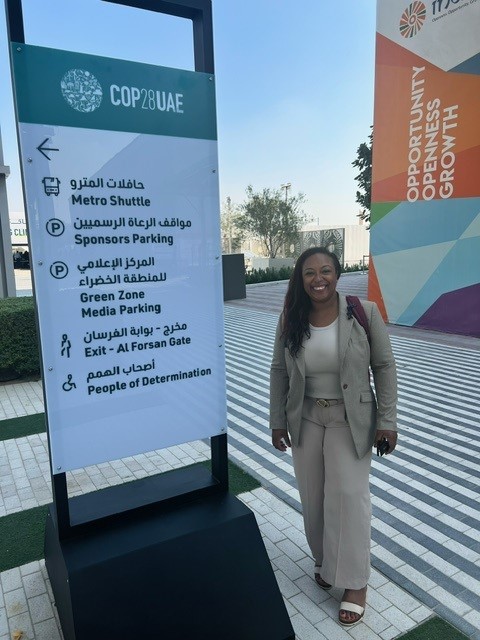
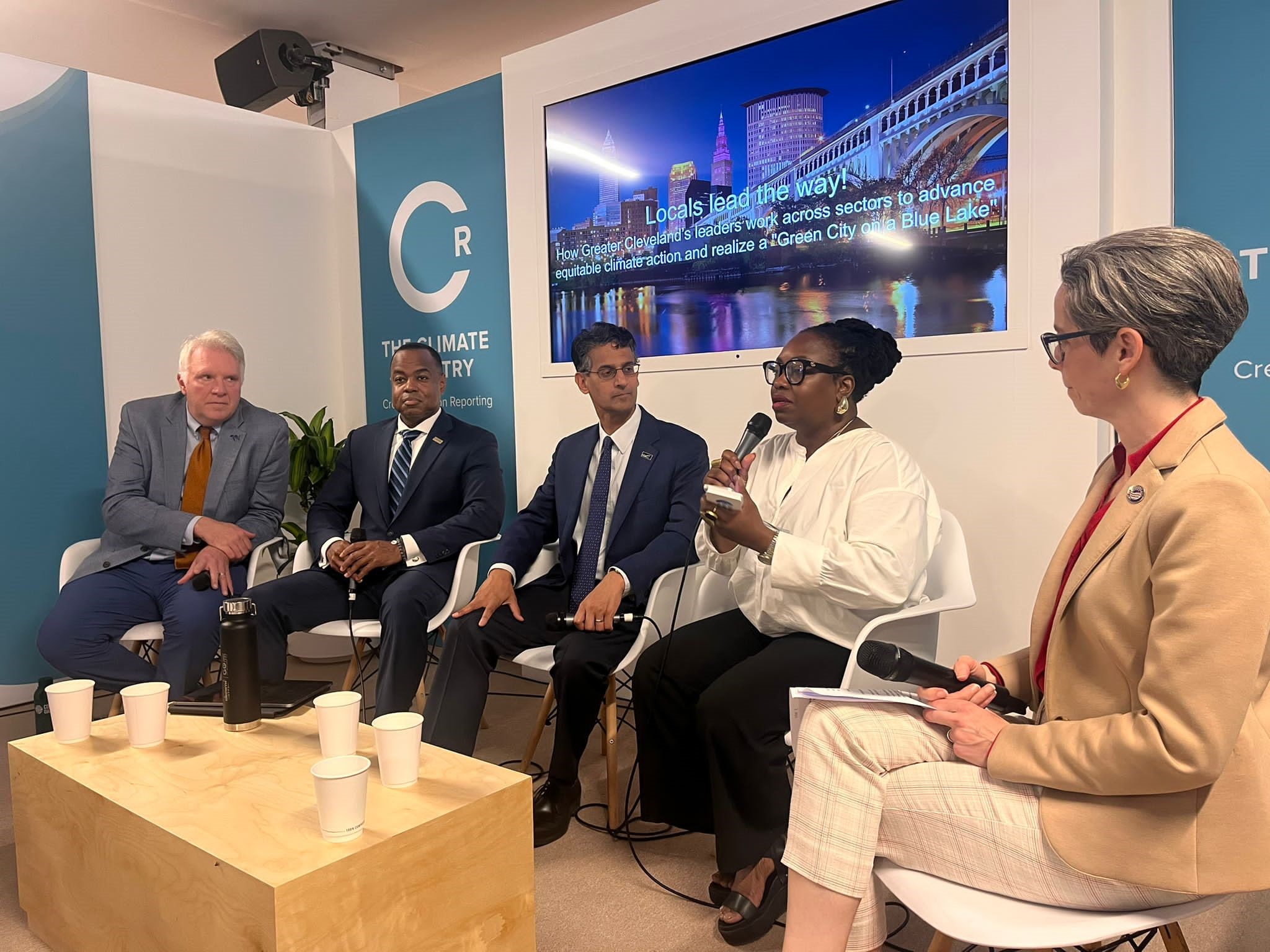
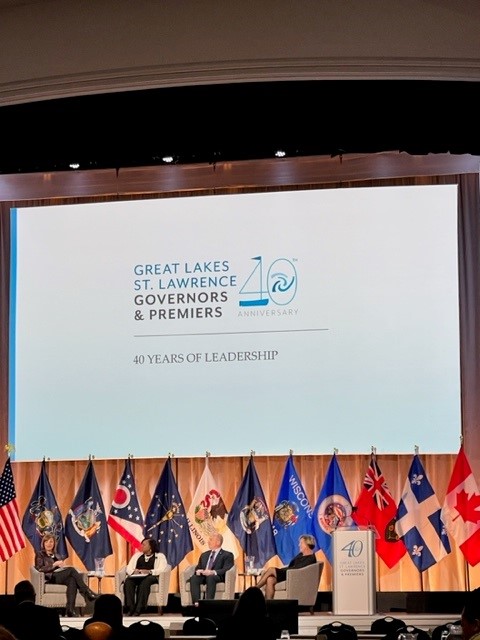


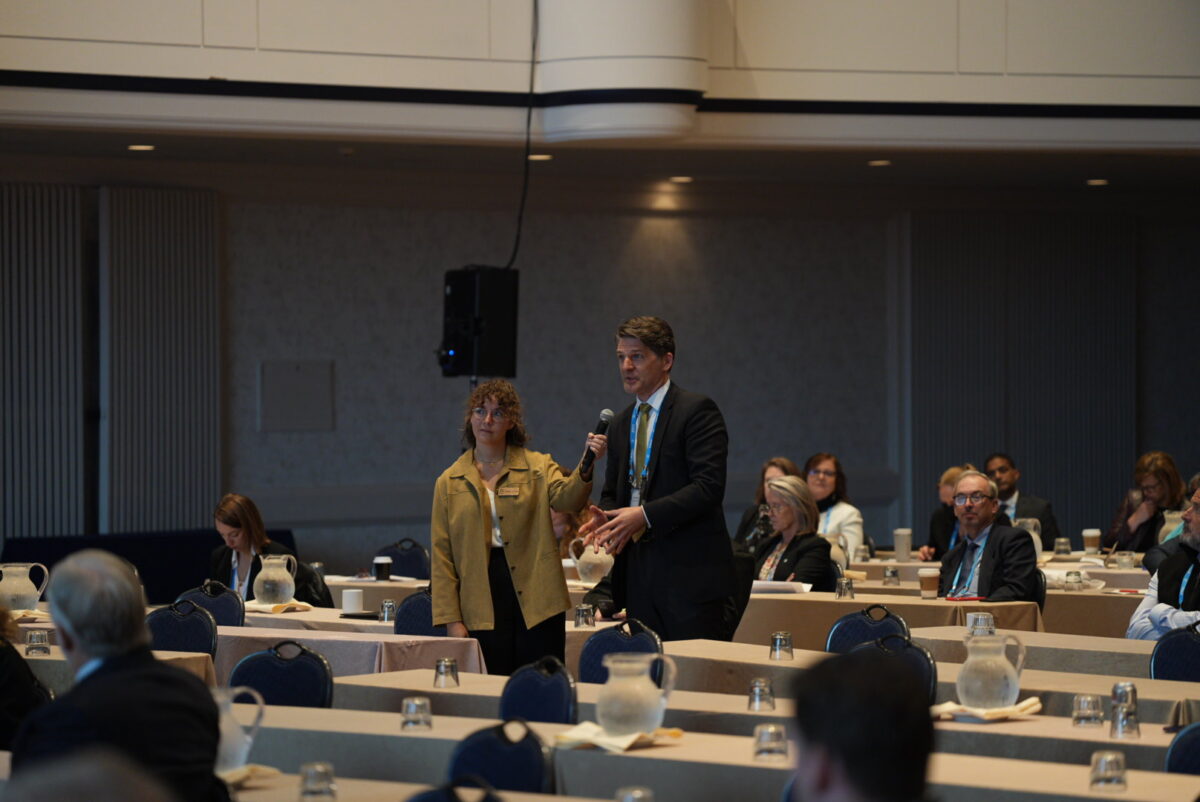
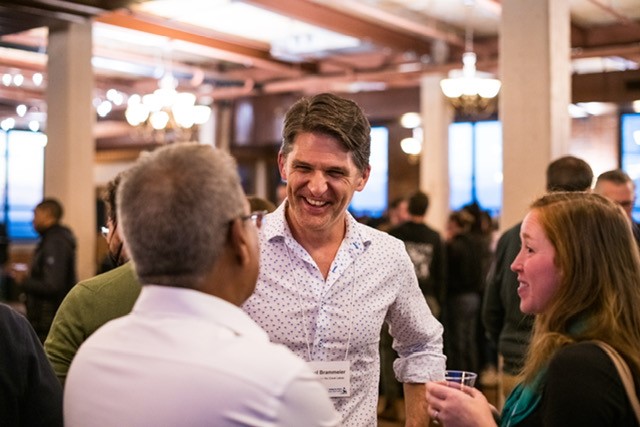

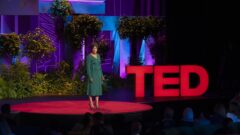

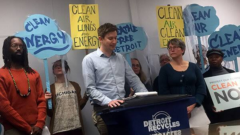

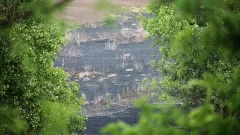
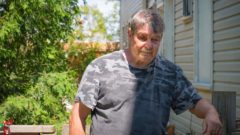
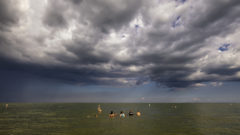
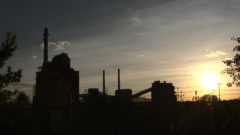
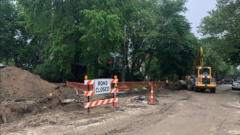
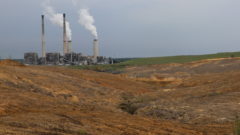
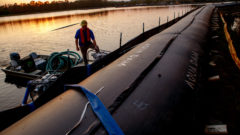
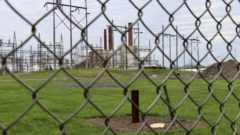
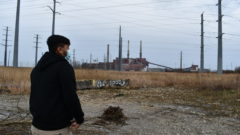

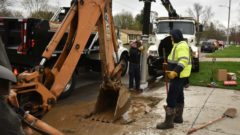


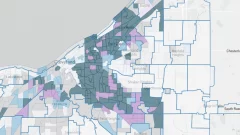


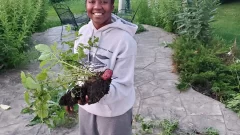
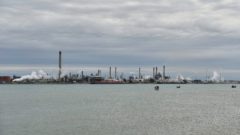
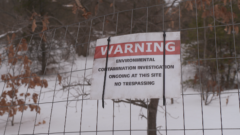



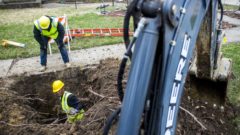
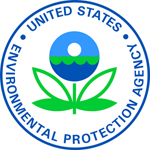
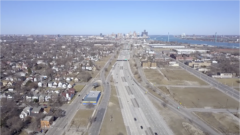
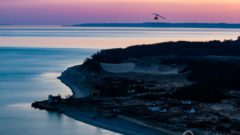
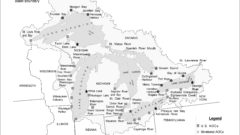
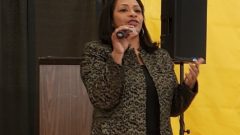

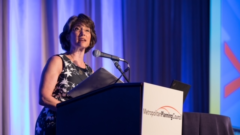
 It takes energy, commitment, and stamina to be a leader of community based and grassroots organizations and this is additionally challenging during COVID-19. For over 25 years, Freshwater Future, through our consulting services, has helped leaders to run their organizations. This year we are conducting a special program to help our partners with self-care and nonprofit management including bookkeeping, financing, communications and so much more. Many organizations have indicated that the support from FWF is paramount during these challenging times in our nation’s history. Here are the testimonies of some of our partners
It takes energy, commitment, and stamina to be a leader of community based and grassroots organizations and this is additionally challenging during COVID-19. For over 25 years, Freshwater Future, through our consulting services, has helped leaders to run their organizations. This year we are conducting a special program to help our partners with self-care and nonprofit management including bookkeeping, financing, communications and so much more. Many organizations have indicated that the support from FWF is paramount during these challenging times in our nation’s history. Here are the testimonies of some of our partners